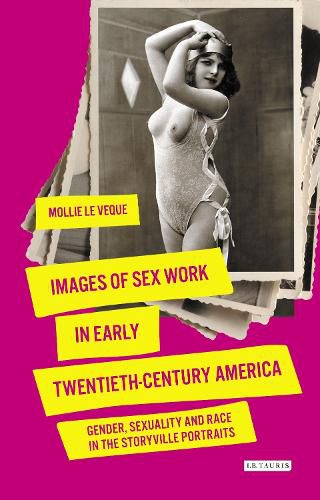Readings Newsletter
Become a Readings Member to make your shopping experience even easier.
Sign in or sign up for free!
You’re not far away from qualifying for FREE standard shipping within Australia
You’ve qualified for FREE standard shipping within Australia
The cart is loading…






Storyville was the infamous red-light district of New Orleans. It was a world where normative social values didn't apply and was shrouded in mystery and myth until the photographs of E.J. Bellocq were rediscovered. Bellocq's depictions of Storyville's sex workers have typically been treated as tragic, ominous and emblematic of New Orleans' singularity. Yet, such interpretations have projected gendered stereotypes of frailty and victimhood onto the women they portrayed. In Images of Sex Work, Mollie LeVeque interrogates these glib readings and argues that sex work was a routine aspect of life in a modern city. She supports this theory by examining a range of cultural forms such as crime fiction, illustrations and paintings from contemporary urban centres like Paris, London and New York. In doing so, she advances the new argument that Bellocq humanised his subjects, de-sensationalised sex work and gave these women the dignity they were all too often denied.
$9.00 standard shipping within Australia
FREE standard shipping within Australia for orders over $100.00
Express & International shipping calculated at checkout
Storyville was the infamous red-light district of New Orleans. It was a world where normative social values didn't apply and was shrouded in mystery and myth until the photographs of E.J. Bellocq were rediscovered. Bellocq's depictions of Storyville's sex workers have typically been treated as tragic, ominous and emblematic of New Orleans' singularity. Yet, such interpretations have projected gendered stereotypes of frailty and victimhood onto the women they portrayed. In Images of Sex Work, Mollie LeVeque interrogates these glib readings and argues that sex work was a routine aspect of life in a modern city. She supports this theory by examining a range of cultural forms such as crime fiction, illustrations and paintings from contemporary urban centres like Paris, London and New York. In doing so, she advances the new argument that Bellocq humanised his subjects, de-sensationalised sex work and gave these women the dignity they were all too often denied.